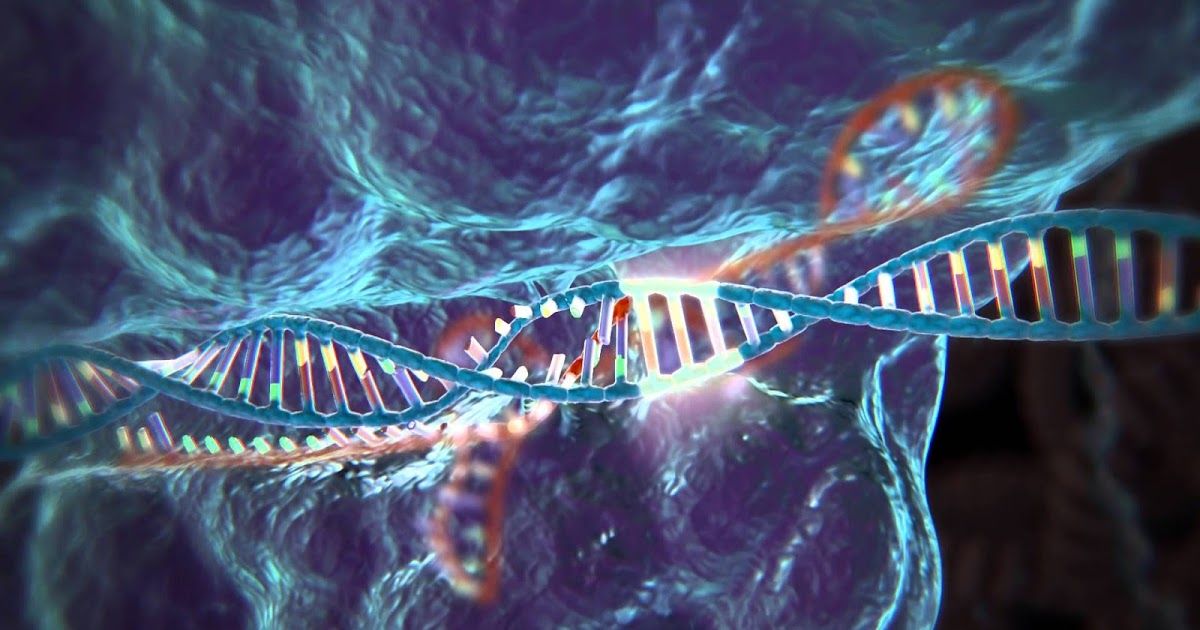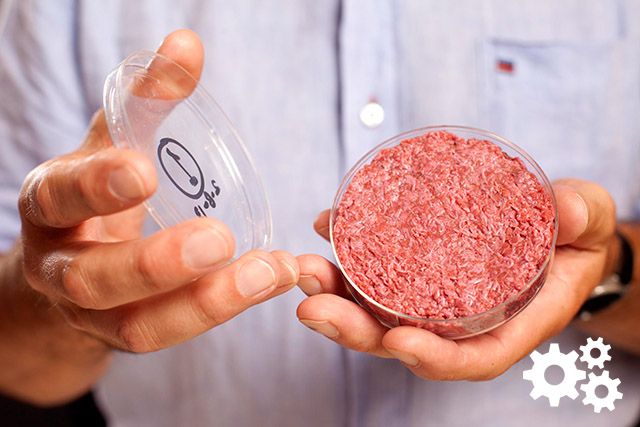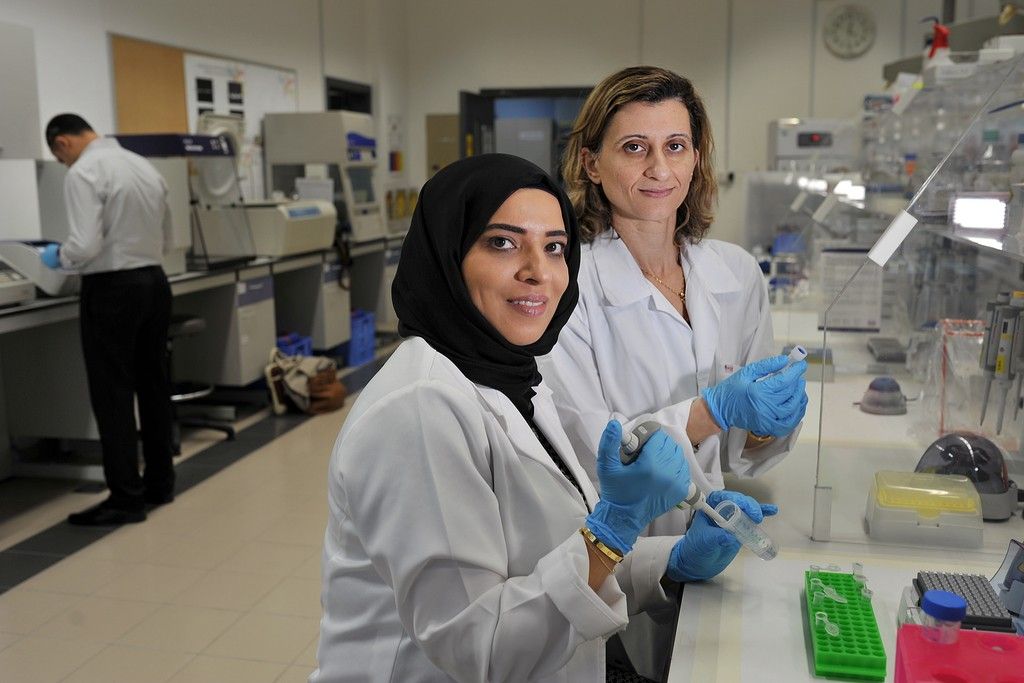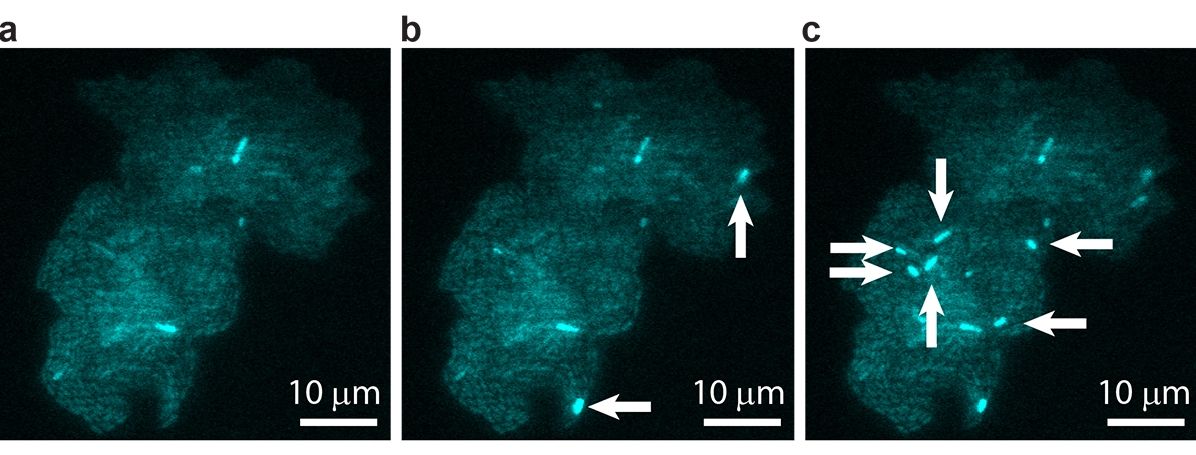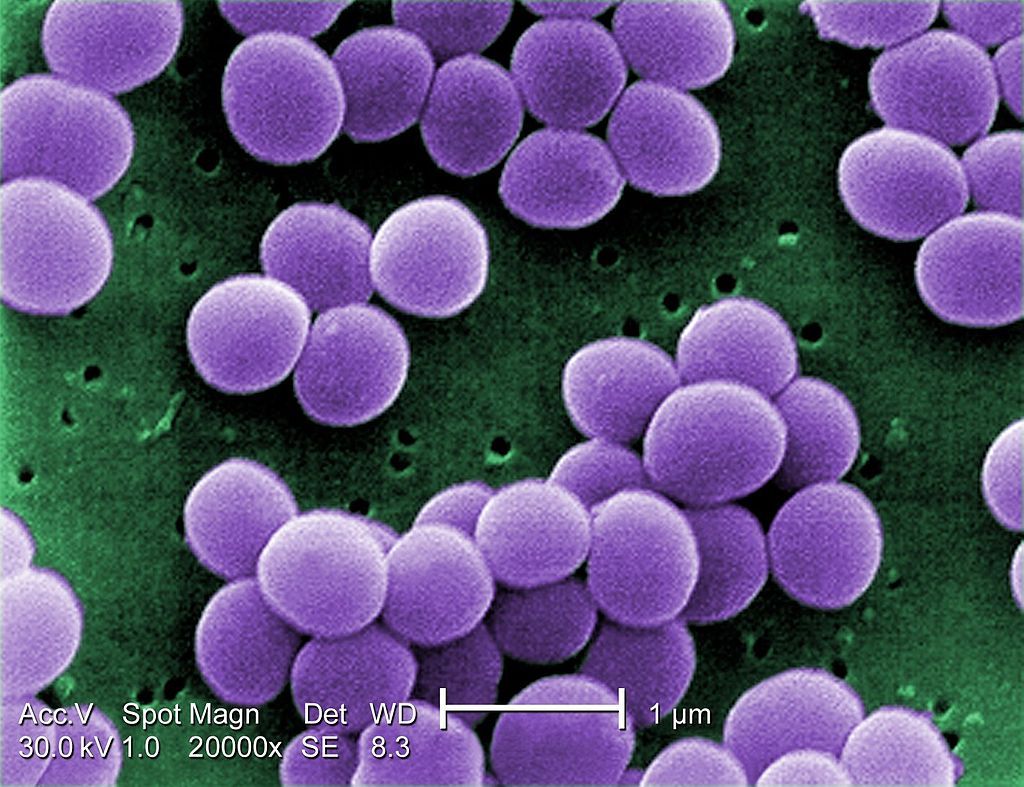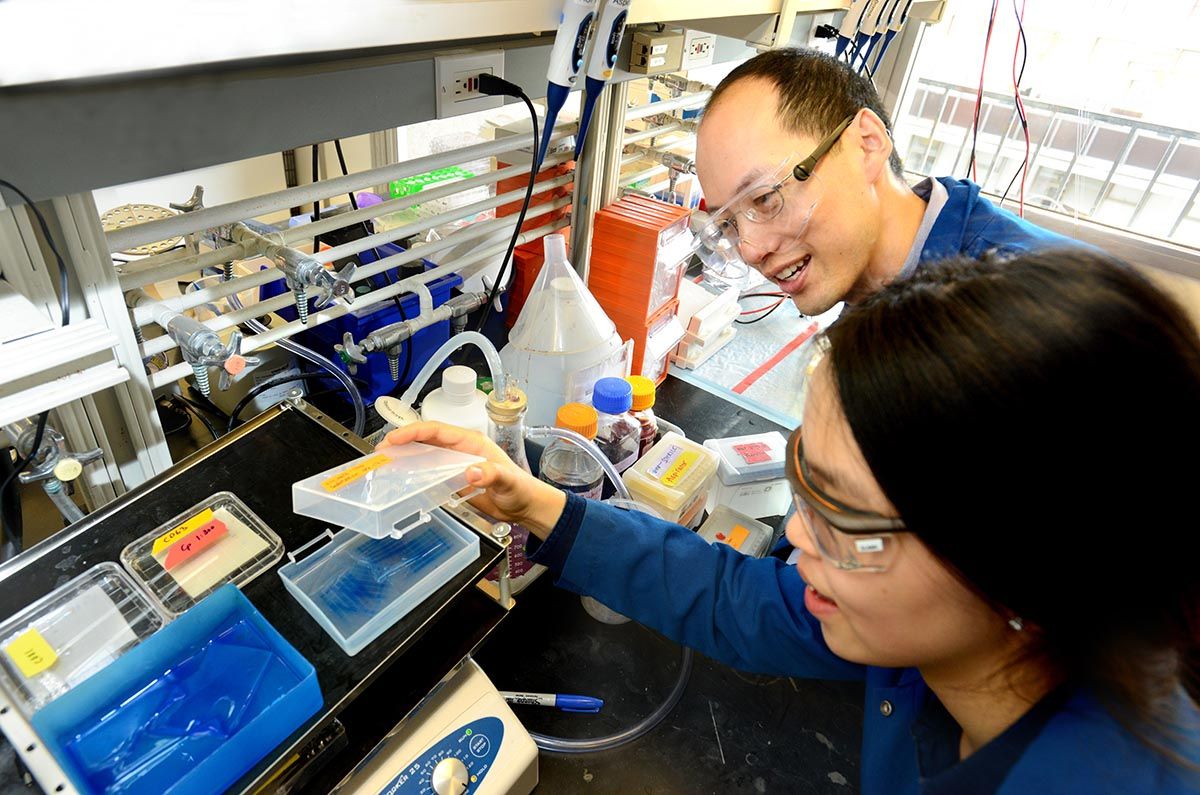The new goal is to reverse aging, not only in animals, but in humans. And age reversal is essential, as significant age-related disruption has already occurred in most people due to changes in our gene expression profiles.
Gene expression patterns change with age. This influences the rate at which an individual ages, and also determines what senile disorders they are likely to contract. But innovative gene-editing methods based on a unique technology called CRISPR (clustered regularly interspaced short palindromic repeats) are now being successfully harnessed for use as an age-reversal therapy for humans.
In response to these breakthroughs, Life Extension® magazine sent biogerontologist Dr. Gregory M. Fahy to Harvard University to interview Dr. George Church, who is a leading developer of cutting-edge CRISPR techniques. Here, Dr. Church explains remarkable opportunities for transforming human aging that may begin to unfold sooner than most have imagined.
